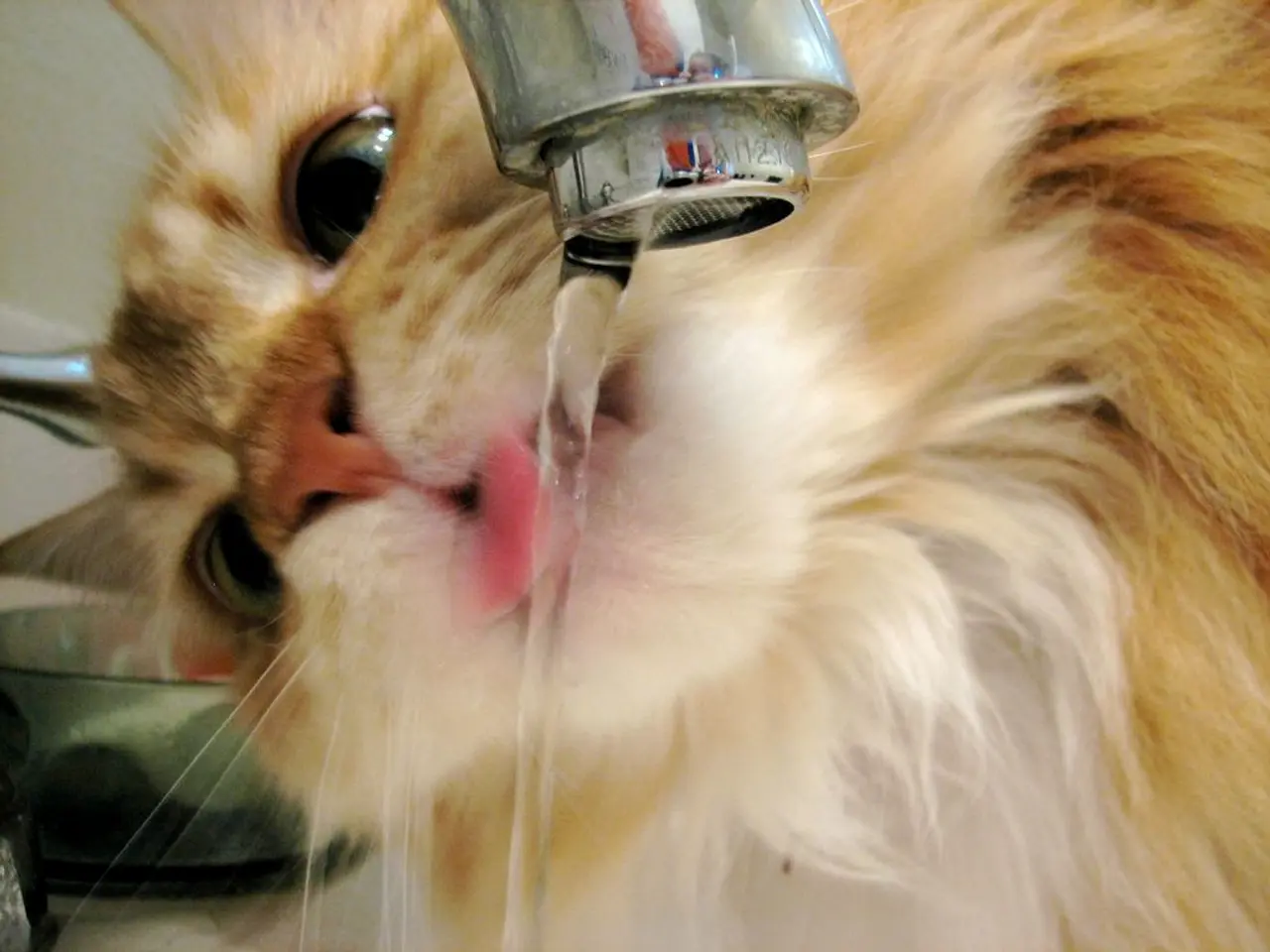Genetic condition characterized by abnormally long fingers, often associated with the thumb and big toe, known as Arachnodactyly.
Arachnodactyly, a medical condition characterized by long, slender fingers and toes resembling the legs of a spider, is often associated with certain genetic disorders. This article aims to provide a clear and informative overview of arachnodactyly, its causes, and its management.
The name "arachnodactyly" originates from the Greek words "arachne," meaning spider, and "dactylos," meaning finger. This aptly describes the condition's primary physical feature.
Diagnosing arachnodactyly typically involves a physical examination, a review of the patient's medical history, and potentially genetic testing. The Walker sign and positive thumb sign are clinical tests used to identify arachnodactyly.
Arachnodactyly can be an isolated finding, but it is often linked to genetic disorders such as Marfan syndrome, Ehlers-Danlos syndrome, and Congenital Contractural Arachnodactyly (Beals syndrome).
Marfan syndrome is a hereditary connective tissue disorder caused by mutations in the FBN1 gene. People with Marfan syndrome not only have arachnodactyly but also exhibit long limbs, tall stature, chest deformities, scoliosis, and cardiovascular complications such as aortic enlargement.
Ehlers-Danlos syndrome (EDS) is a group of 14 genetic connective tissue disorders involving defects in collagen or collagen-related proteins. Some forms of EDS may present with arachnodactyly along with joint hypermobility, skin elasticity abnormalities, and other connective tissue symptoms.
Congenital Contractural Arachnodactyly (Beals syndrome) is another heritable connective tissue disorder characterized by arachnodactyly, contractures of large joints, and other skeletal abnormalities.
While there is no specific treatment for arachnodactyly itself, management focuses on addressing any associated conditions or symptoms. Regular monitoring, medications, and pain management are common medical treatments. Supportive therapies, including occupational therapy, assistive devices, and psychological support, can enhance the quality of life for individuals with arachnodactyly.
Physical therapy, including strengthening exercises, stretching routines, and posture training, can help improve mobility and strength. Surgical interventions may be necessary in some cases to correct deformities or alleviate discomfort.
Genetic counseling can provide valuable insights for individuals with a family history of arachnodactyly or related conditions. Regular monitoring and assessment are crucial for individuals with arachnodactyly, with early detection of potential problems significantly improving outcomes.
Ongoing research into genetic conditions associated with arachnodactyly is promising, with advances in genetics and personalized medicine potentially leading to improved treatment options and a better understanding of the condition's implications.
For more detailed information about arachnodactyly, consider consulting medical literature, reputable health websites, or speaking with a healthcare professional who specializes in genetic disorders. Connecting with support groups can provide emotional support and practical advice for individuals and families affected by arachnodactyly.
In summary, arachnodactyly is a clinical feature mainly seen in connective tissue disorders such as Marfan syndrome, Ehlers-Danlos syndrome, and Congenital Contractural Arachnodactyly. Understanding the relationship between arachnodactyly and these associated conditions is crucial for effective diagnosis and treatment.
The relationship between arachnodactyly and specific genetic disorders like Marfan syndrome, Ehlers-Danlos syndrome, and Congenital Contractural Arachnodactyly highlights the importance of genetic research for improving treatment options in health-and-wellness, especially for mental-health and wellbeing of affected individuals. Sessions with healthcare professionals specializing in genetic disorders can offer insights on managing these medical-conditions and their mental-health implications.




